Highlighted Species We Study

Willet
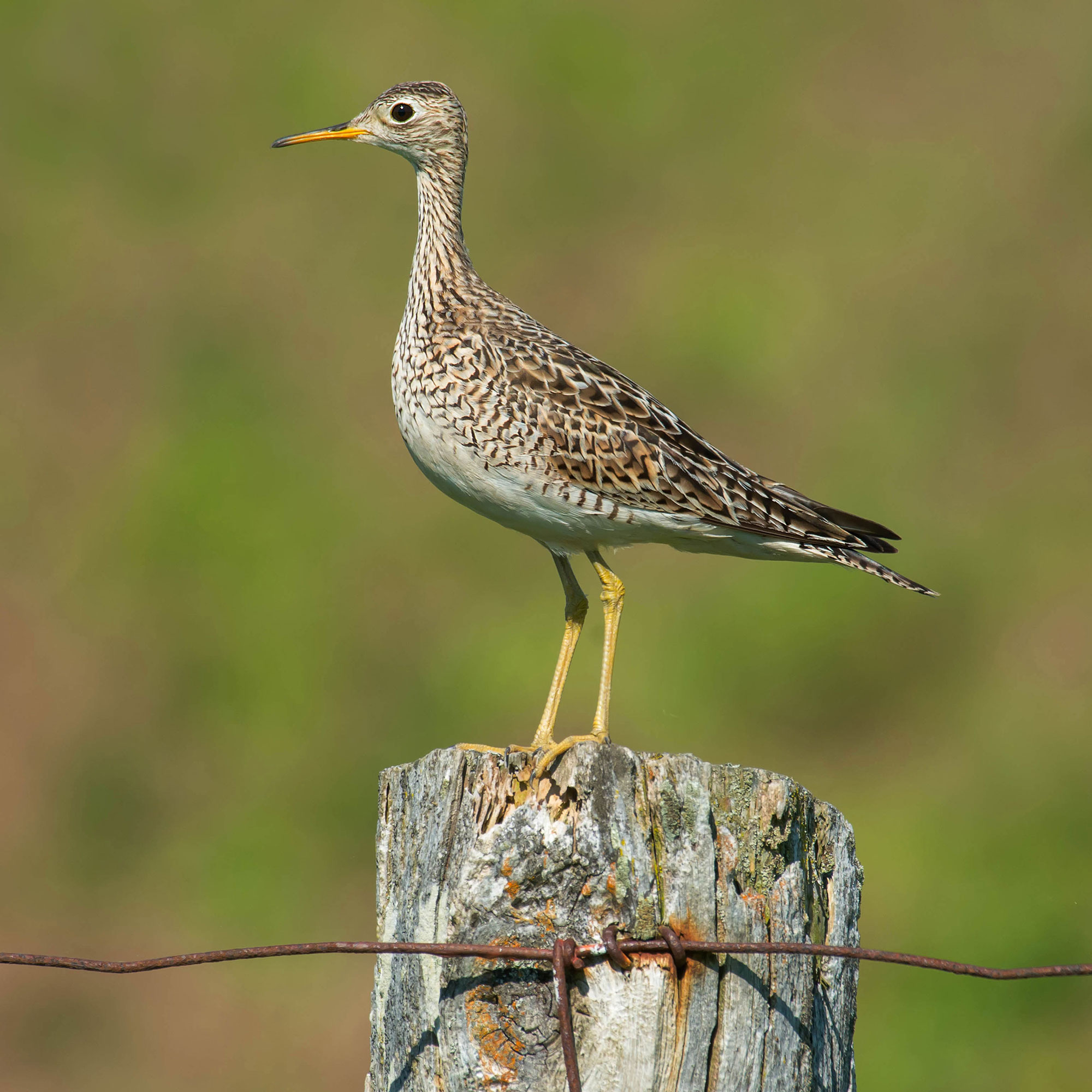
Upland
Sandpiper
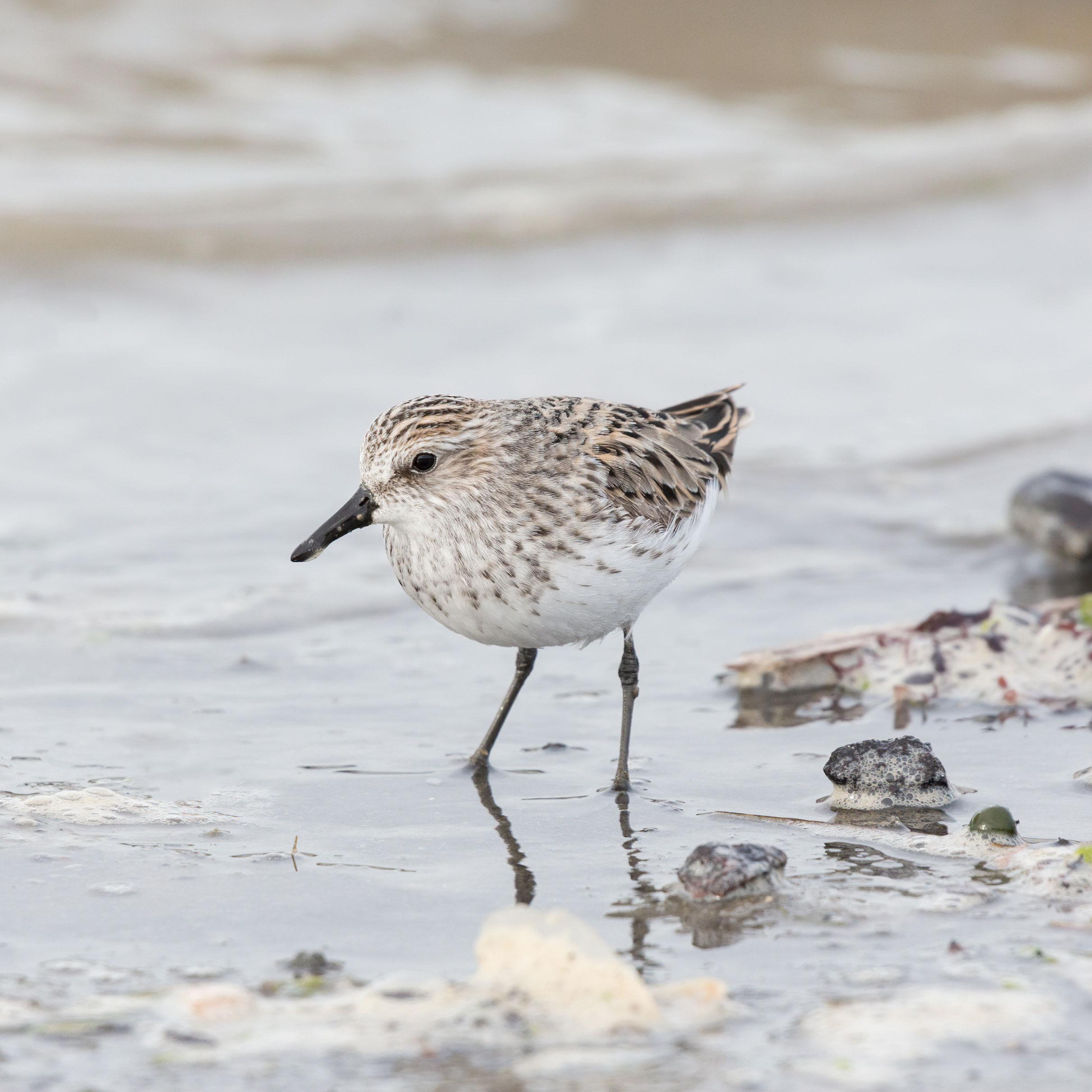
Semipalmated
Sandpiper
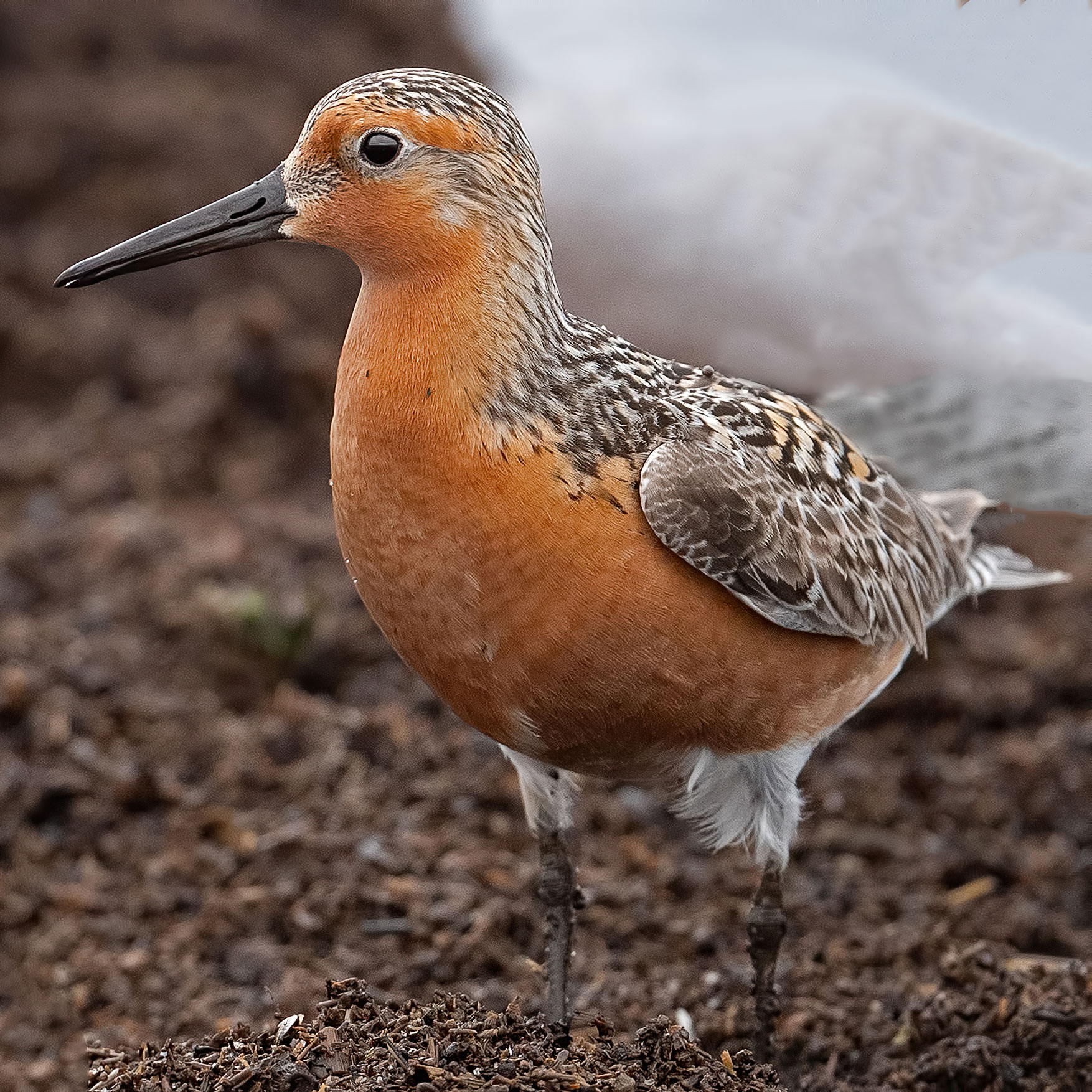
Red
Knot
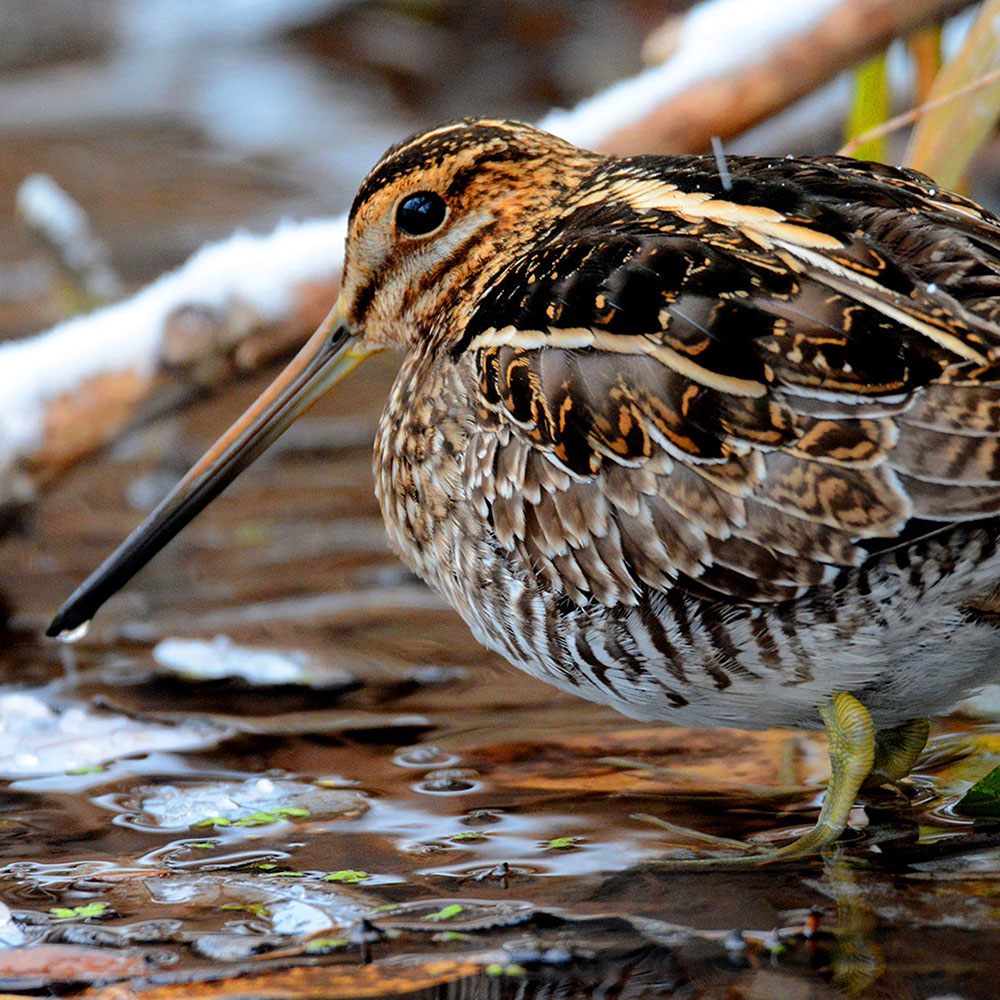
Wilson’s
Snipe
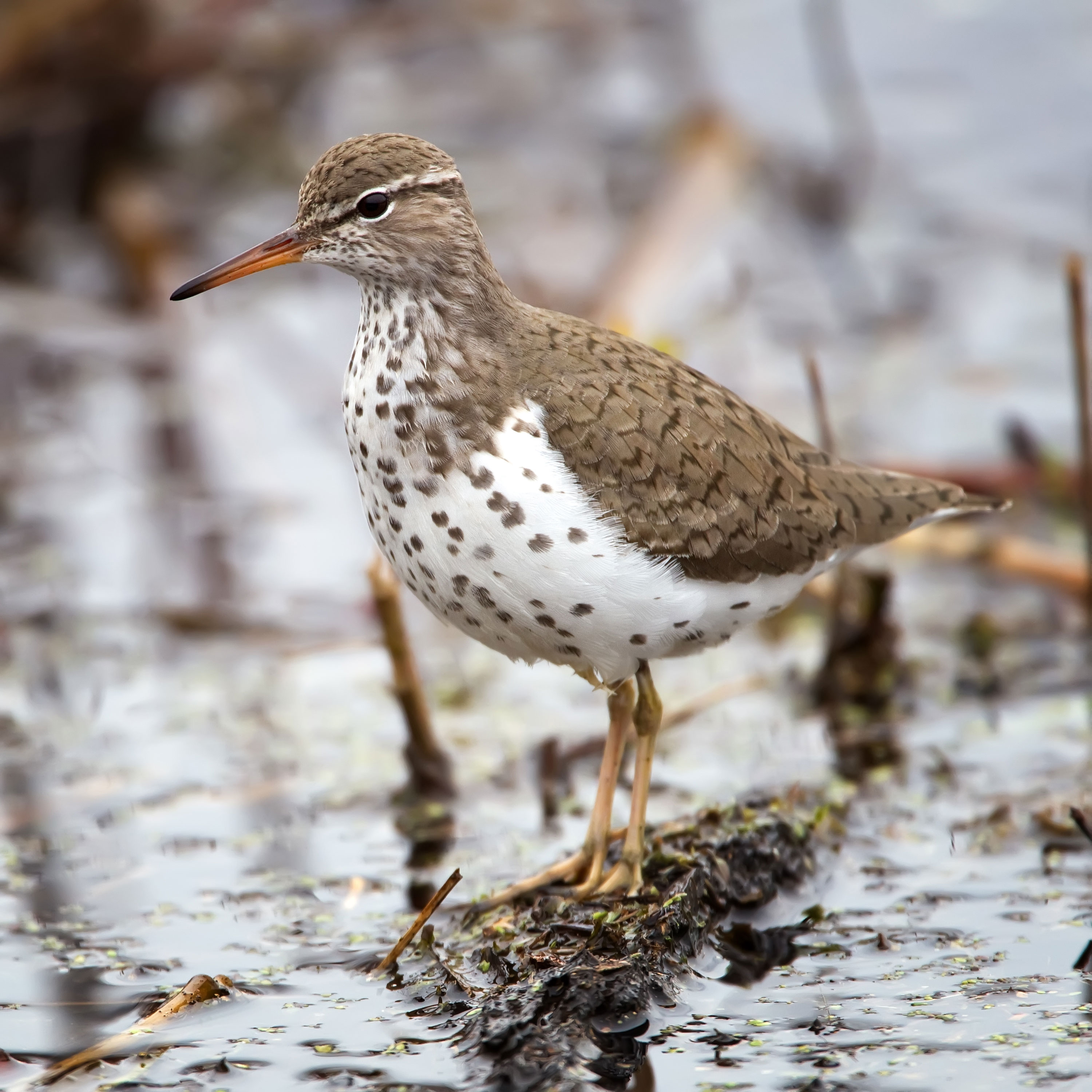
Spotted
Sandpiper
Shorebirds undertake some of the most spectacular long-distance migrations of any avian taxa. Many species utilize far-ranging habitats for breeding and wintering, and while on migration rely on specific stopover sites where they gather in large numbers to rest and refuel before continuing on.
Throughout the annual cycle, threats to shorebirds are diverse and pose serious conservation challenges. These include human disturbance, habitat loss and degradation, hunting pressures, increasing predation, the spread of infectious diseases, and climate change. As a result, many species are showing dramatic declines. It is imperative that we learn as much as possible to conserve shorebirds and their habitats. BRI conducts shorebird research through inventory and population studies, movement and tracking studies, contaminants monitoring, and avian health studies.
Contaminants Monitoring

Shorebirds may be exposed to chemical pollutants at any stage throughout their annual cycle. This exposure may have consequences at the individual and population levels. Studying contaminants in shorebirds can help identify geographic areas and/or life stages where exposure is of conservation concern
Representative projects with a focus on monitoring contaminants in shorebirds:
- Quantifying mercury exposure in North American arctic-breeding shorebirds. 2009, 2012, and 2013
- Determining mercury exposure in Northeast breeding Eastern Willets throughout their annual cycle. 2010-2014
- Study of environmental contaminants in Mexico. 2013
Movement and Tracking Studies

Studying Shorebird movements helps us to better understand their behavior, and habitat requirements, and to identify critical areas that these birds rely on throughout the annual cycle. We employ a variety of state-of-the-art tracking technologies on shorebirds to determine their regional and range-wide movements, often across hemispheres.
Representative projects with a focus on shorebird tracking:
- Determining Migratory Connectivity of Eastern Willets Breeding in the Gulf of Maine, 2011-present
- Mapping shorebird movements to determine habitat use, length of stay, and pre-migration condition of shorebirds using beach and saltmarsh staging habitats in the mid coast and southern regions of Maine, 2014-2016
- Assessment of water level management on breeding marsh birds (Wilson’s Snipe), ME, NH, 201
Inventory and Population Studies
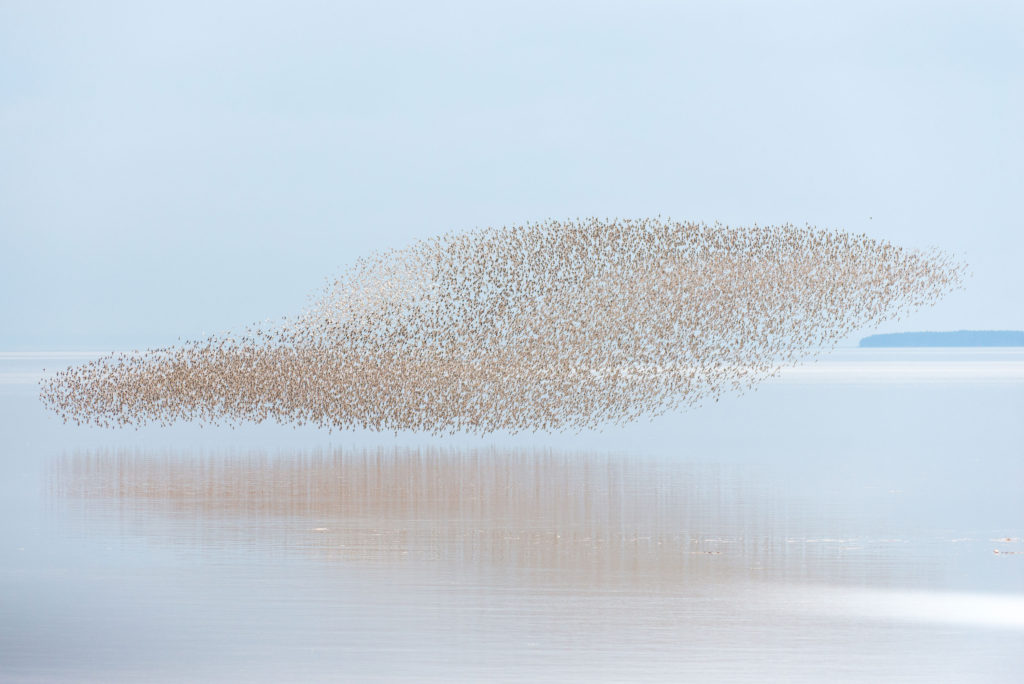
Evaluating the conservation status of shorebird populations is critical to determine best management practices. We conduct surveys designed to measure the distribution and abundance of shorebirds, often those of conservation concern, and to track trends in populations over time.
Shorebird projects focusing on population monitoring:
- Red Knot and Roseate tern surveys at NCTAMSLANT DET Cutler, Maine, 2017, 2020-2022
- Upland Sandpiper surveys at blueberry farms in eastern Maine, 2019-2022
Photo Credits: Highlighted species © Shutterstock; Inventory and population studies © Shutterstock



